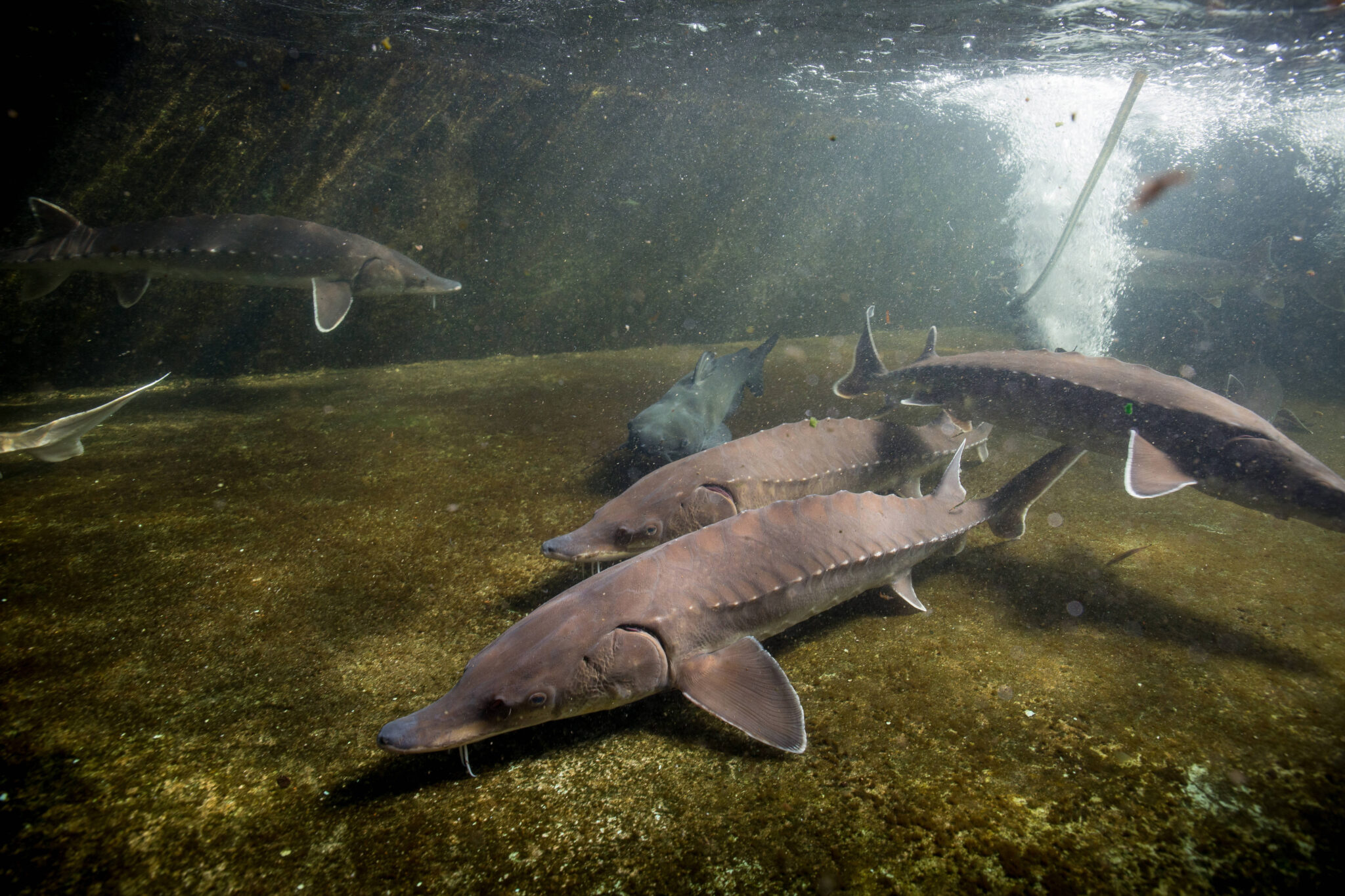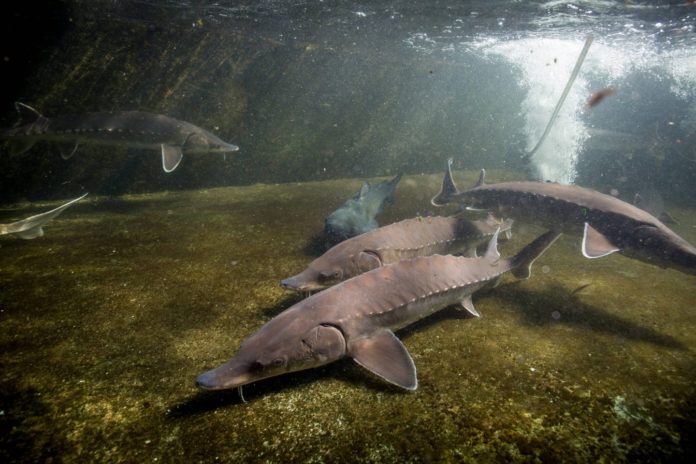
Some endangered Atlantic sturgeon traveled over 500 miles last year during James River spawning runs in Virginia, according to data from university researchers. In distances more akin to far-ranging salmon, scientists from Virginia’s Commonwealth University Rice River Center showed sturgeon swam great distances upstream from the James River’s outflow into the Chesapeake Bay for spawning.
“I knew they at least went 100-some kilometers [60 miles] to get up to spawning habitat, but I didn’t realize how much some of them had moved back and forth,” Matt Balazik, an assistant professor at Rice Rivers, told the Virginia Mercury.
Researchers tracked 25 Atlantic sturgeon last year and determined they traveled an average distance of 350 miles. They learned that autumn-run sturgeon tended to travel farther than spring-run sturgeon. Scientists believe sturgeon travel great distances not only to locate mates but also to seek suitable spawning habitat, offering optimal environments for young fish survival.
“You’re not going to do this much investment and be lazy the last few days,” said Balazik. “You have to do what’s going to increase the chances of your young to survive.”
Read Next: Fish and Game Officials Capture and Relocate 8-Foot White Sturgeon in Idaho
There are five Atlantic sturgeon populations, according to scientists. All are threatened or endangered federal species, including James River sturgeon connected with the Chesapeake Bay.
James River sturgeon are reportedly especially slow to respond to scientific recovery efforts underway for the five Atlantic sturgeon populations. This is why tracking and learning about spawning migrations of the species is important to researchers trying to improve the numbers of the iconic and ancient fish species.
The post Virginia Sturgeon Swam More Than 500 Miles to Spawn, Research Shows appeared first on Outdoor Life.


